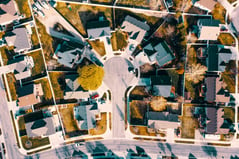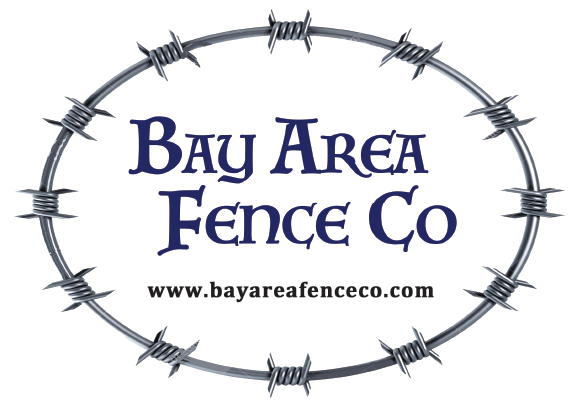Understanding Your Property Lines
When neighborhoods are first built, homeowners use the new fences separating homes as the default property line. However, technically, these fence lines may not be correct. They can be wrong by just a few inches.
The actual property line for one home versus another rests with the title documents recorded and archived with the local county recorder or similar office for official records of property ownership in the jurisdiction. And, as folks familiar with property know, things change over time.
How are Residential Fence Lines Physically Marked?
If your home has a cement sidewalk in front, you will likely see a marker put into the cement right where your home's front yard stops and the neighbor's begin. This is a typical approach in suburban tracks. However, not all properties use this nationwide. Instead, the more common approach involves pins. As the plots are formed and authorized, the original surveyors for the build project sink metal rods into the ground between properties to mark their boundaries. These are found via metal detectors and normally sit a half foot to a foot below ground level.
marker put into the cement right where your home's front yard stops and the neighbor's begin. This is a typical approach in suburban tracks. However, not all properties use this nationwide. Instead, the more common approach involves pins. As the plots are formed and authorized, the original surveyors for the build project sink metal rods into the ground between properties to mark their boundaries. These are found via metal detectors and normally sit a half foot to a foot below ground level.
Start with the Fence
The most common question that comes up when the fence gets old and its time to start doing repairs is, who actually has permission to repair the fence as the owner? It matters a lot. A full residential fence repair with labor can run a few thousand dollars, so the responsibility for the cost can have a direct impact on one neighbor over the other. Most neighbors settle amicably on an even split for the side they share, but sometimes it can be a bit more difficult. The key factor is where the fence sits in relation to the actual, legal property line recorded.
Generally, if the fence is entirely on one side of the line, the owner it sits with owns the fence outright. If directly on the line, the ownership is split. That might sound easy enough, but in practice, one literally needs to find the property line markers and then visibly measure a straight bright yellow or orange line from one point to the other to actually see where the fence is located. Taking pictures of the same is also a very smart idea. If you’re still not sure, hire a licensed surveyor to confirm the status.
Ownership is Determined. Now What?
With the fence ownership confirmed, then it’s a matter of talking out how to move forward. Clearly, where the fence is entirely owned, the owner can generally do what he wants aside from home owner association guidelines that might apply. However, still having a conversation with the neighbors could end up sharing the cost, saving money and avoiding uncomfortable surprises when the workers show up.
If the ownership is truly split, anything done will legally require the cooperation of both parties. Start with a conversation and go from there. If, in the odd situation, the neighbor refuses to help, then the requesting party will need to make a decision to incur the cost entirely or just repair things as they go. Some folks feel it’s worth it to just build a completely new fence.
Check State Laws and Always Talk First
The issue of property lines and improvements vary by state. Some states allow improvements, like replacement of a fence, to force the cost on all parties that share the asset benefit, regardless of whether they agree, as long as the repair needs have reached certain conditions (i.e. the fence has fallen down).
In any case, always try talking first. The worst that can happen is the neighbor says no. However, in a positive situation, he or she could say yes, be willing to share the cost of property improvements, and save your pocket considerable fencing costs.
Bay Area Fence Company specializes in installing residential fences - the quality of our work is unmatched. For more information and for an estimate on your next residential fence project, contact us today.

